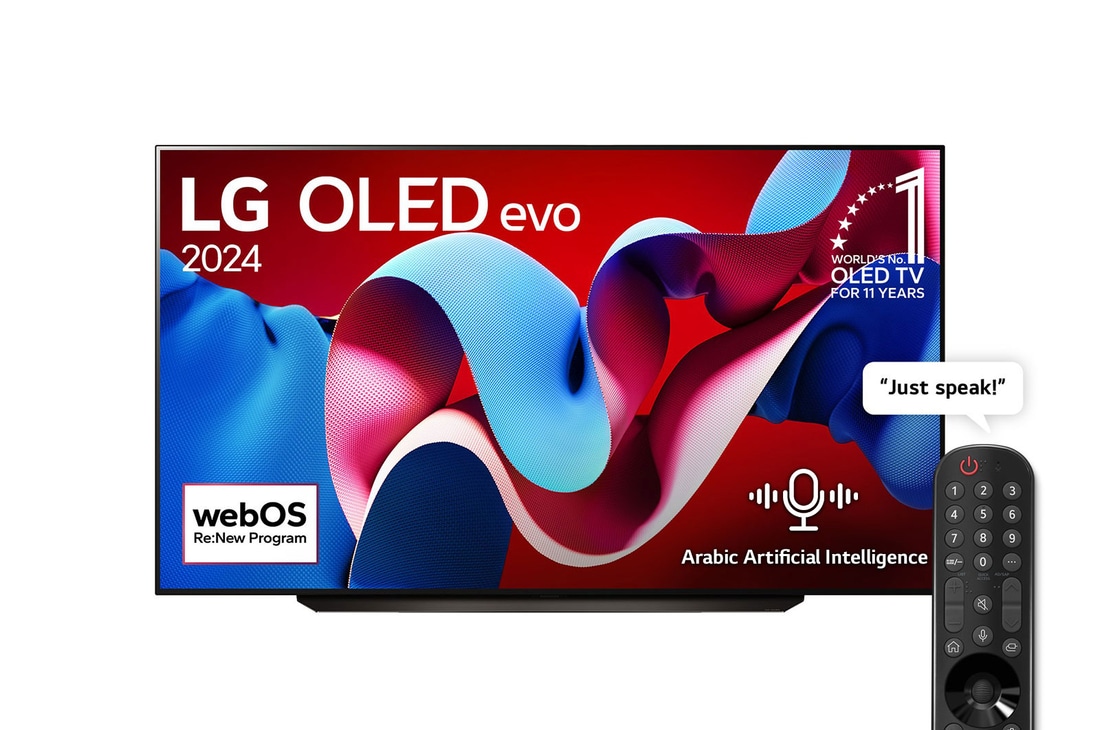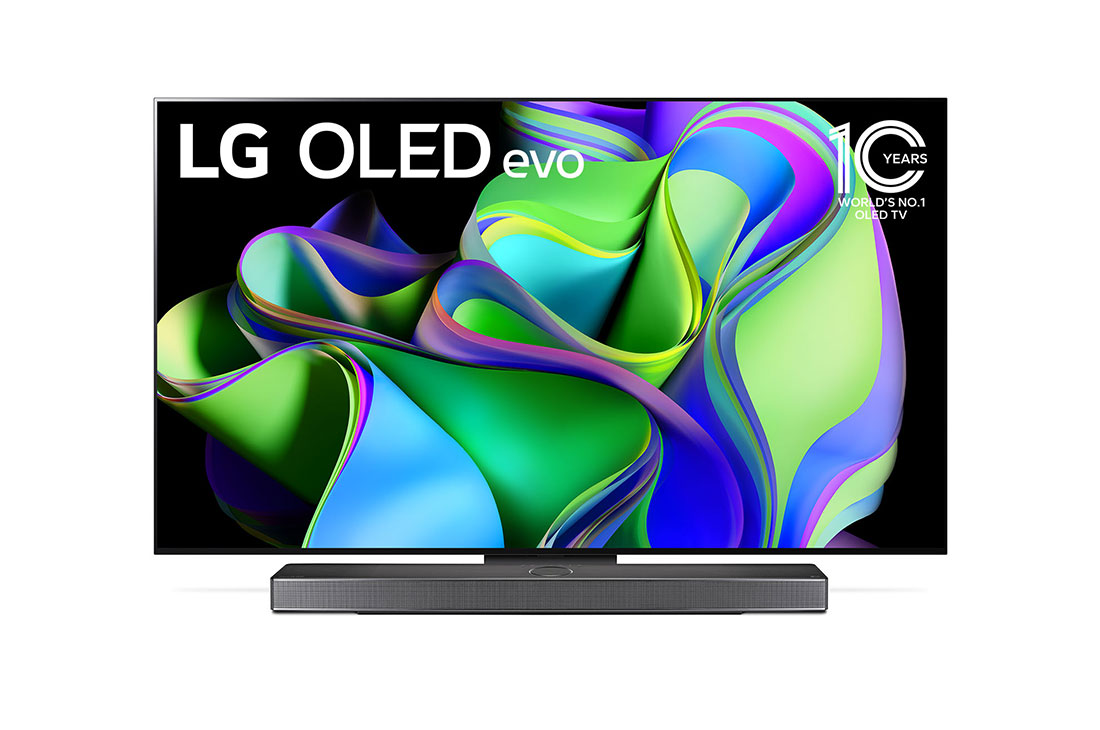We use cookies, including cookies from third parties, to enhance your user experience and the effectiveness of our marketing activities. These cookies are performance, analytics and advertising cookies, please see our Privacy and Cookie policy for further information. If you agree to all of our cookies select “Accept all” or select “Cookie Settings” to see which cookies we use and choose which ones you would like to accept.
Dolby Vision vs. IMAX and HDR10: A Comparative Analysis
14th May, 2024
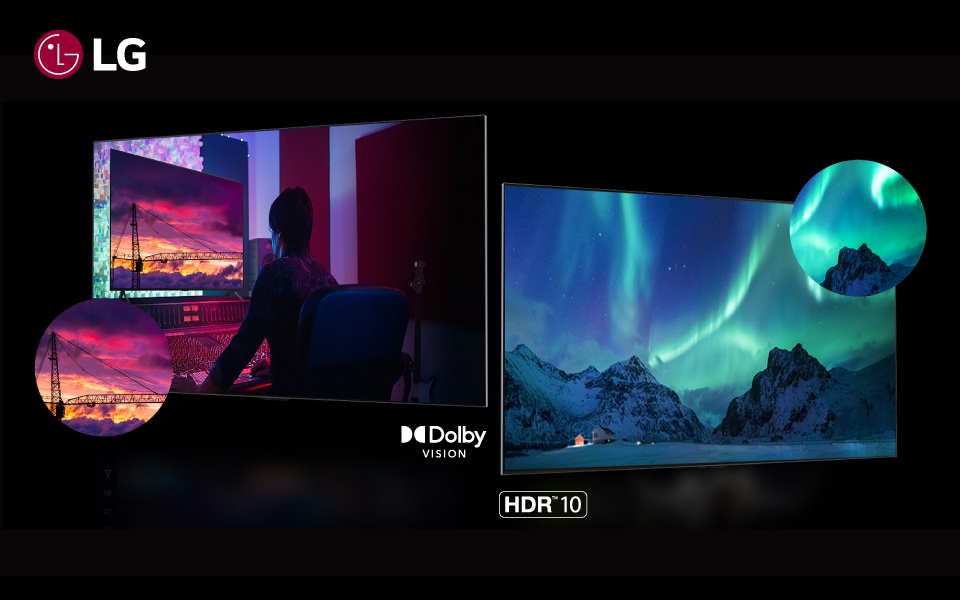
The advancement of display technology has given rise to several visual enhancement standards, each promising to elevate the viewing experience. Among these, Dolby Vision, IMAX, and HDR10 stand out as industry leaders, each with its unique features and benefits. This article delves into these technologies, exploring their capabilities, applications, and differences.
Dolby Vision
Dolby Vision is a visual technology designed to enhance the viewing experience to unprecedented levels. It empowers visual creatives to infuse their work with unparalleled depth and vibrancy, revolutionizing how we perceive visual content. By leveraging High Dynamic Range (HDR) technology, Dolby Vision dynamically optimizes image quality based on the specific service, device, and platform.
IMAX
IMAX is a proprietary system known for its high-resolution cameras, film formats, projectors, and theaters featuring very large screens with a tall aspect ratio (approximately either 1.43:1 or 1.90:1). These screens are significantly larger than standard movie screens and are specifically designed to fit the unique way the movie is shot.
HDR10
HDR10 is a widely adopted HDR format that is compatible with every HDR-capable TV. It allows for a maximum brightness of 1,000 nits and a color depth of 10 bits, enabling over one billion shades compared to the 16 million Standard Dynamic Range (SDR). HDR10 increases brightness, contrast, and color palette, enhancing video content's overall visual quality.
Comparing Dolby Vision, IMAX, and HDR10
When comparing Dolby Vision vs IMAX, and HDR10, it's essential to consider their unique attributes and how they enhance the viewing experience.
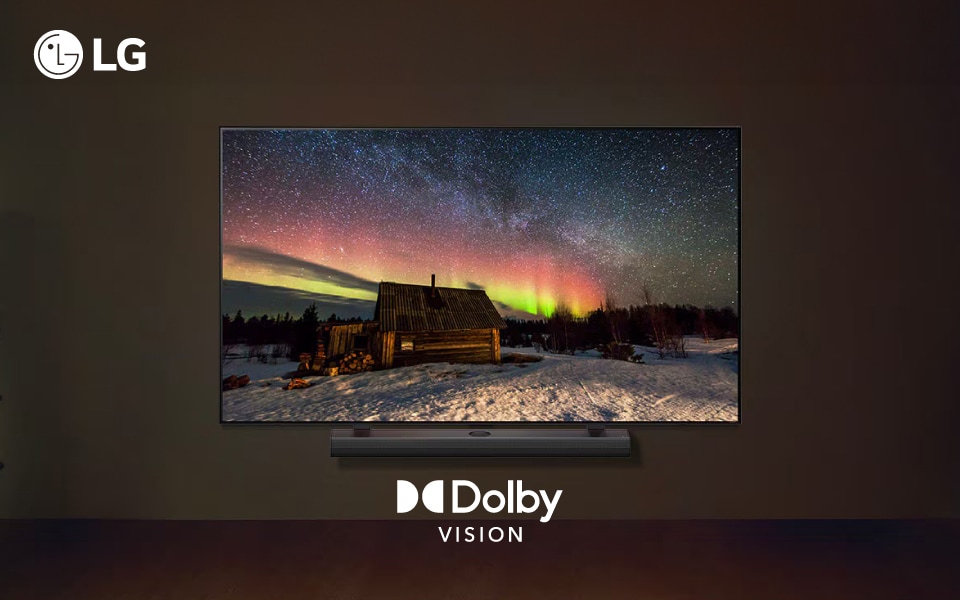
Dolby Vision
Dynamic Optimization
Dolby Vision excels in dynamically optimizing image quality based on the specific service, device, and platform; this ensures viewers always see the best possible version of the content, whether it's a movie, TV series, or video game.
Visual Quality
It offers deep contrasts, vibrant colors, and near-realistic visuals, revealing the finest details and nuances in dark and bright scenes.
Compatibility
Dolby Vision is widely supported across various devices, from TVs and home theaters to gaming consoles, making it a versatile choice for different entertainment needs.
Brand Preference
It is favored by leading studios and device manufacturers for its excellence in compatibility with visual storytelling.
It's worth mentioning that LG OLED evo TVs support Dolby Vision technology, which delivers deep contrasts, a vibrant color palette, and a near-realistic visual experience.
IMAX
IMAX is designed for the ultimate cinematic experience, featuring very large screens with a tall aspect ratio (approximately either 1.43:1 or 1.90:1), which can be up to 40% larger than standard movie screens.
Immersive Viewing
The seating arrangement in IMAX theaters expands the field of view to an average of 70 degrees, coupled with strategically positioned speakers to immerse viewers in sound.
High-Resolution Content
IMAX employs high-resolution cameras and film formats, ensuring that films are captured and displayed with incredible detail and clarity, ideal for blockbuster movies and large-scale productions.
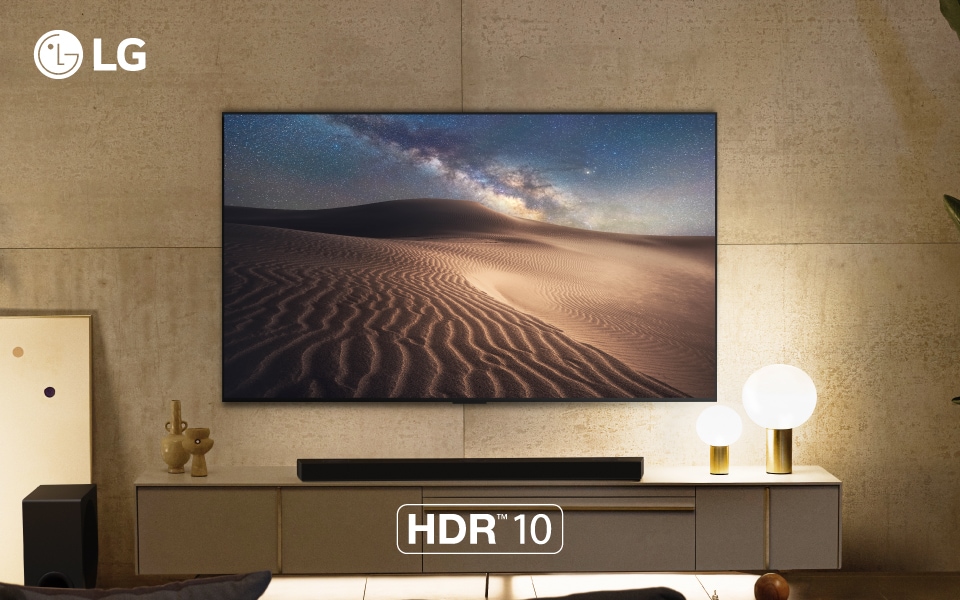
HDR10
Universal Compatibility
HDR10 is the most widely adopted HDR format, compatible with every HDR-capable TV. It serves as the minimum specification for HDR technology.
Brightness and Color Depth
HDR10 allows for a maximum brightness of 1,000 nits and a color depth of 10 bits, resulting in a significant enhancement over Standard Dynamic Range (SDR) with over one billion shades.
Baseline Standard
While it significantly improves brightness, contrast, and color palette, HDR10 is no longer at the top of the HDR hierarchy, falling short of the advanced features offered by Dolby Vision in the Dolby Vision vs. HDR10 comparison.
Life's Good, LG!







